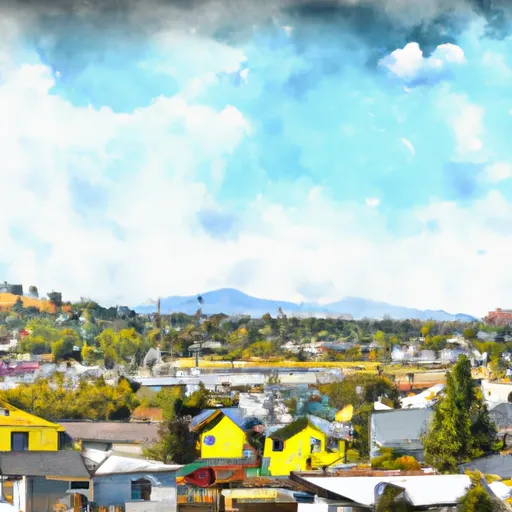°F
°F
mph
Windspeed
%
Humidity











Post Falls is a charming city located in northern Idaho, nestled between the Spokane River and the Rathdrum Prairie. The climate in Post Falls is influenced by its proximity to the Pacific Northwest. Summers are warm with temperatures averaging in the high 70s to low 80s Fahrenheit, while winters are cold, with temperatures ranging from the mid-20s to high 30s. Precipitation is evenly distributed throughout the year, providing a lush landscape.
The hydrology constituents of Post Falls are primarily defined by the impressive Spokane River. This river flows through the city, offering opportunities for activities like fishing, boating, and kayaking. The river is also home to stunning waterfalls, including the namesake Post Falls, which adds to the natural beauty of the area.
Outdoor enthusiasts will find a plethora of recreation opportunities in Post Falls. The city boasts numerous parks, trails, and golf courses, allowing residents and visitors to enjoy activities such as hiking, biking, picnicking, and golfing. The nearby Coeur d'Alene National Forest further expands outdoor options, providing opportunities for camping, fishing, and wildlife viewing. Overall, Post Falls offers a picturesque setting with a variety of outdoor activities to suit all interests.
Weather Forecast
Post-Falls receives approximately 664mm of rain per year, with humidity levels near 74% and air temperatures averaging around 9°C. Post-Falls has a plant hardyness factor of 6, meaning plants and agriculture in this region thrive during a short period during spring and early summer. Most plants will die off during the colder winter months.
Regional Streamflow Levels
394
Cubic Feet Per Second
802
Cubic Feet Per Second
16
Cubic Feet Per Second
2,420
Cubic Feet Per Second
Nearby Camping
| Camping Area | Reservations | Toilets | Showers |
|---|---|---|---|
| Liberty Lake Regional Park | |||
| Riley Creek | |||
| Mount Spokane State Park | |||
| Priest River Park | |||
| Albeni Cove - Oldtown |



